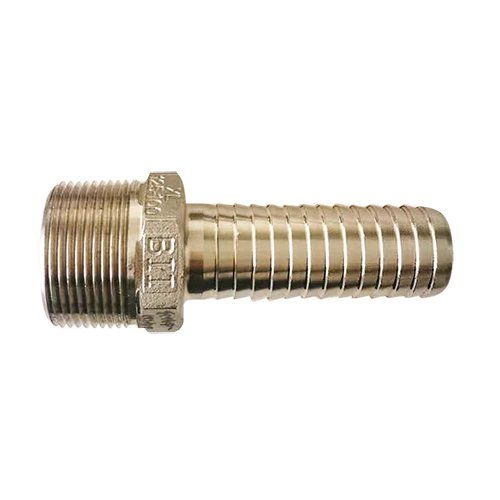Mobile:+86-311-808-126-83
Email:info@ydcastings.com
Steel Precision Casting Techniques for High-Quality Industrial Applications and Component Manufacturing
The Art and Science of Steel Precision Casting
Steel precision casting has emerged as one of the most efficient and effective methods for producing high-quality metal components that meet the stringent demands of various industries. This technique, often referred to as investment casting or lost-wax casting, involves creating a precise mold from a wax pattern, which is then coated with a refractory material to form a durable shell. Once the shell is hardened, the wax is melted away, and molten steel is poured into the mold, resulting in components with exceptional dimensional accuracy and surface finish.
Historical Context
The origins of precision casting date back thousands of years, with early civilizations utilizing similar techniques for creating intricate metal objects. However, modern advancements have significantly enhanced the process, making it applicable to a broader range of applications. In the 20th century, steel precision casting found its niche in industries such as aerospace, automotive, and medical equipment, where components require not only strength but also intricate designs and lightweight properties.
Advantages of Steel Precision Casting
One of the primary advantages of steel precision casting is its ability to produce complex geometries that would be challenging or impossible to achieve with traditional machining methods. The process begins with designing a wax model that accurately represents the desired final product. Since the wax can be easily shaped and detailed, manufacturers can create components with intricate features, such as internal passages or fine threads.
Another significant benefit is the reduction of material waste. Compared to other manufacturing processes, such as machining from solid metal blocks, precision casting minimizes excess material, leading to more sustainable production methods. This efficiency not only conserves resources but also reduces costs in the long run.
Furthermore, precision casting allows for the use of various steel alloys, enabling manufacturers to select materials that best suit the application requirements. Different compositions can impart crucial properties such as corrosion resistance, hardness, and wear resistance, which are essential in demanding environments.
Applications Across Industries
steel precision casting

Steel precision casting is prevalent in multiple industries where reliability and performance are critical. In the aerospace sector, for instance, components such as turbine blades and structural parts are often produced using this technique. The high strength-to-weight ratio achieved through precision casting contributes to fuel efficiency and improved performance of aircraft.
In the automotive industry, precision cast steel parts are integral to various systems, including engine components, gears, and suspension systems. The precision achieved in the casting process ensures that these components fit seamlessly, enhancing the overall performance and safety of vehicles.
The medical field also benefits from steel precision casting, particularly in the production of surgical instruments and implants. The ability to manufacture custom parts with high levels of precision is crucial for ensuring patient safety and the effectiveness of medical procedures.
The Future of Steel Precision Casting
The future of steel precision casting looks promising, as advancements in technology continue to refine the process. Innovations in 3D printing are opening new avenues for creating more complex and lightweight structures, which could revolutionize traditional casting methods. Additionally, the integration of artificial intelligence and machine learning in quality control and process optimization is expected to enhance production efficiency and reduce errors.
As the world moves toward more sustainable manufacturing practices, precision casting will likely play a vital role in minimizing waste and conserving resources. With an increasing demand for recycled materials and environmentally-friendly solutions, manufacturers are investigating ways to incorporate recycled steel into the casting process, further enhancing its sustainability profile.
Conclusion
Steel precision casting represents a unique intersection of art and science, allowing for the production of highly detailed and durable components that meet the rigorous requirements of modern industries. Its ability to produce complex geometries with minimal waste makes it an invaluable technique in today's manufacturing landscape. As technological advancements continue to evolve, the potential for steel precision casting to adapt and meet future challenges appears boundless, ensuring its relevance and importance in manufacturing for years to come. Whether in aerospace, automotive, or medical applications, steel precision casting will undoubtedly remain a cornerstone of innovation and efficiency in the metalworking world.
-
Why Should You Invest in Superior Pump Castings for Your Equipment?NewsJun.09,2025
-
Unlock Performance Potential with Stainless Impellers and Aluminum End CapsNewsJun.09,2025
-
Revolutionize Your Machinery with Superior Cast Iron and Aluminum ComponentsNewsJun.09,2025
-
Revolutionize Fluid Dynamics with Premium Pump ComponentsNewsJun.09,2025
-
Optimizing Industrial Systems with Essential Valve ComponentsNewsJun.09,2025
-
Elevate Grid Efficiency with High-Precision Power CastingsNewsJun.09,2025











